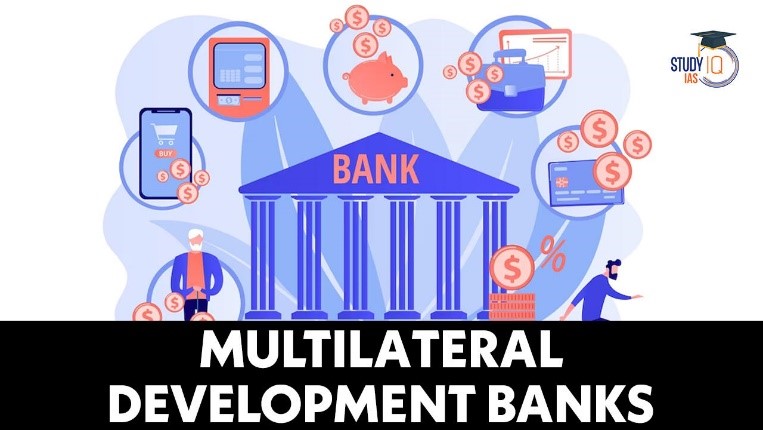Free Courses Sale ends Soon, Get It Now


Free Courses Sale ends Soon, Get It Now



Disclaimer: Copyright infringement not intended.
Context
Multilateral Institutions: Reforms needed: https://www.iasgyan.in/rstv/multilateral-institutions-need-for-reforms
What are Multilateral Development Banks?
Why are experts advocating for reforms within MDBs?
How have Multilateral Development Banks traditionally lent in countries such as India?
Multilateral Institutions: Reforms needed: https://www.iasgyan.in/rstv/multilateral-institutions-need-for-reforms
|
PRACTICE QUESTION Q. How have Multilateral Development Banks traditionally lent in countries such as India? What reforms have been suggested for Multilateral Development Banks? |
© 2024 iasgyan. All right reserved